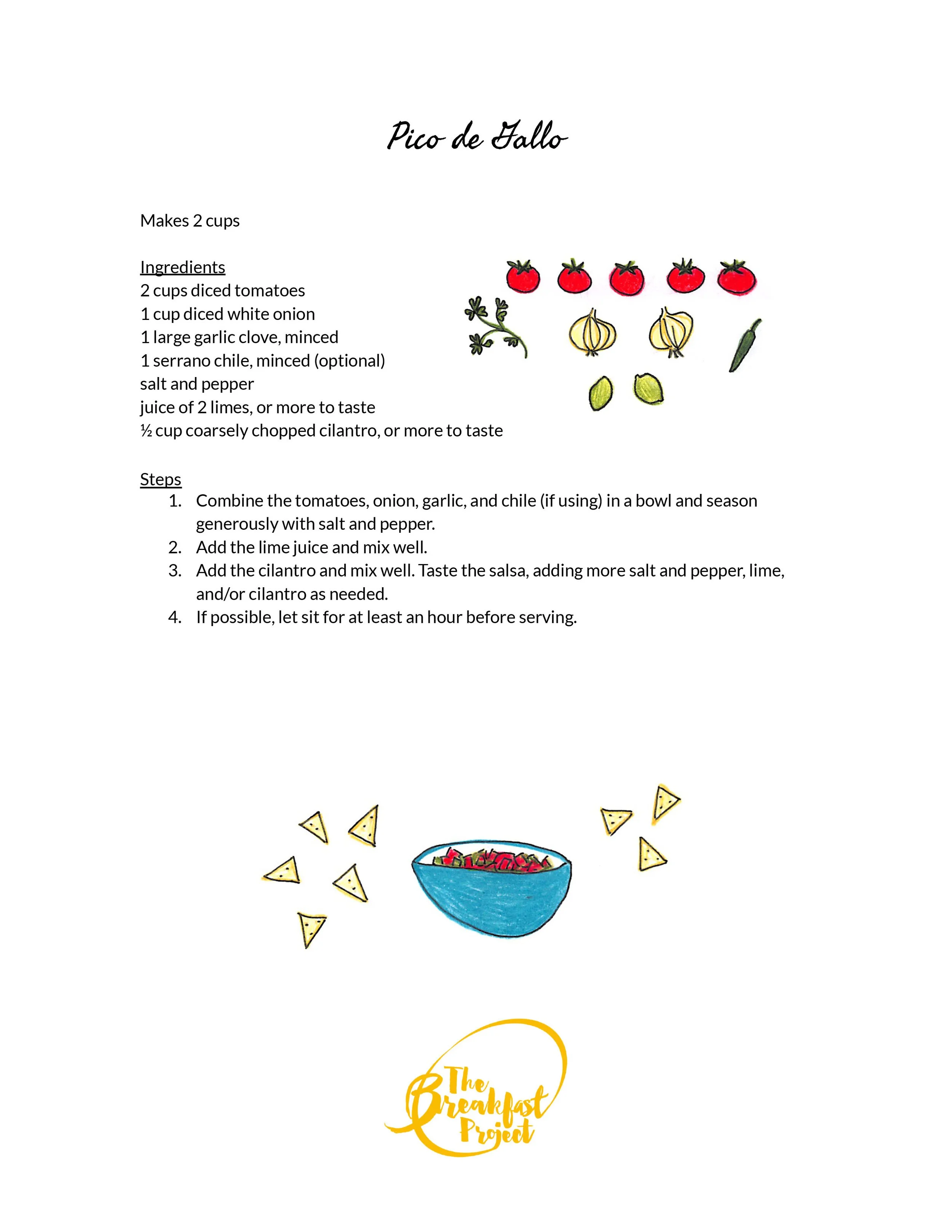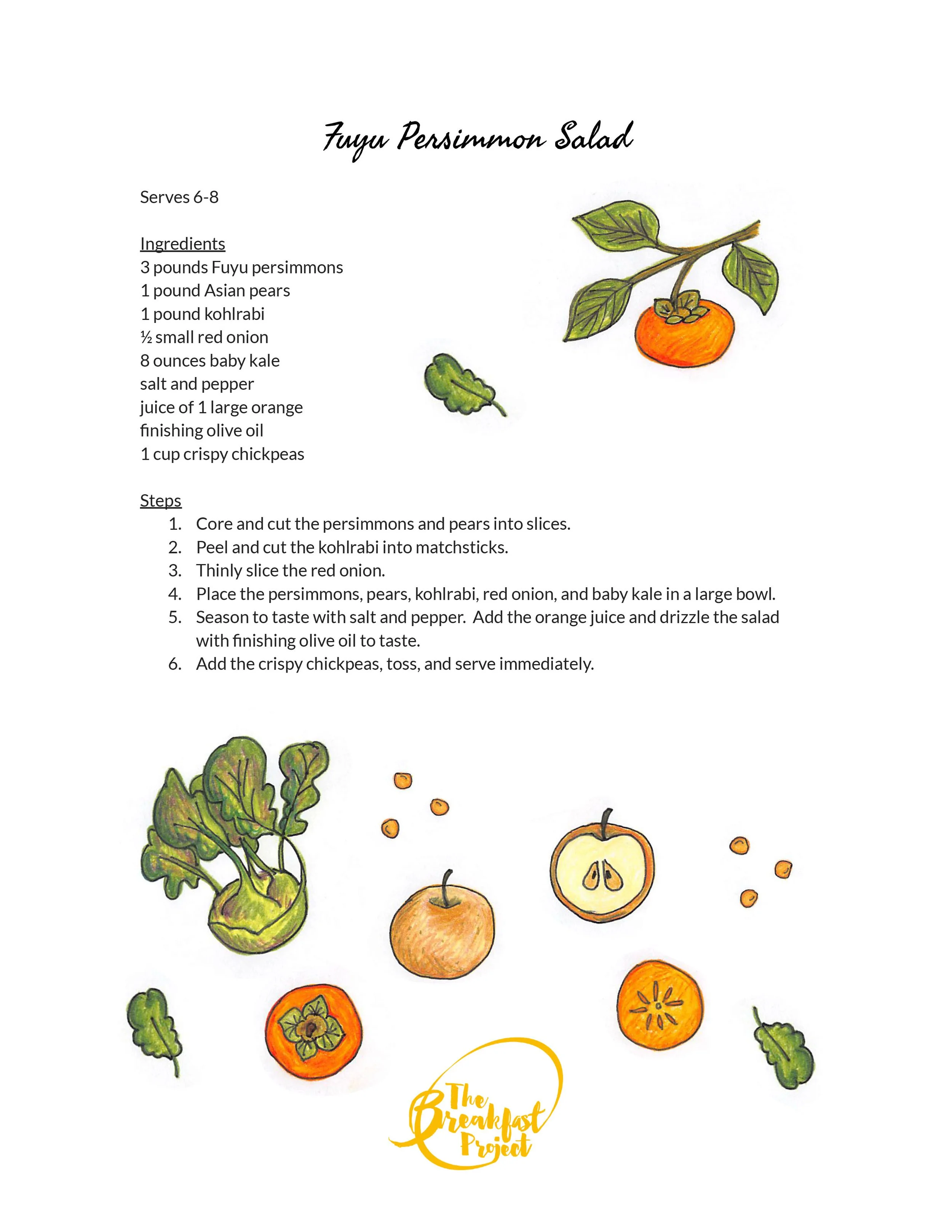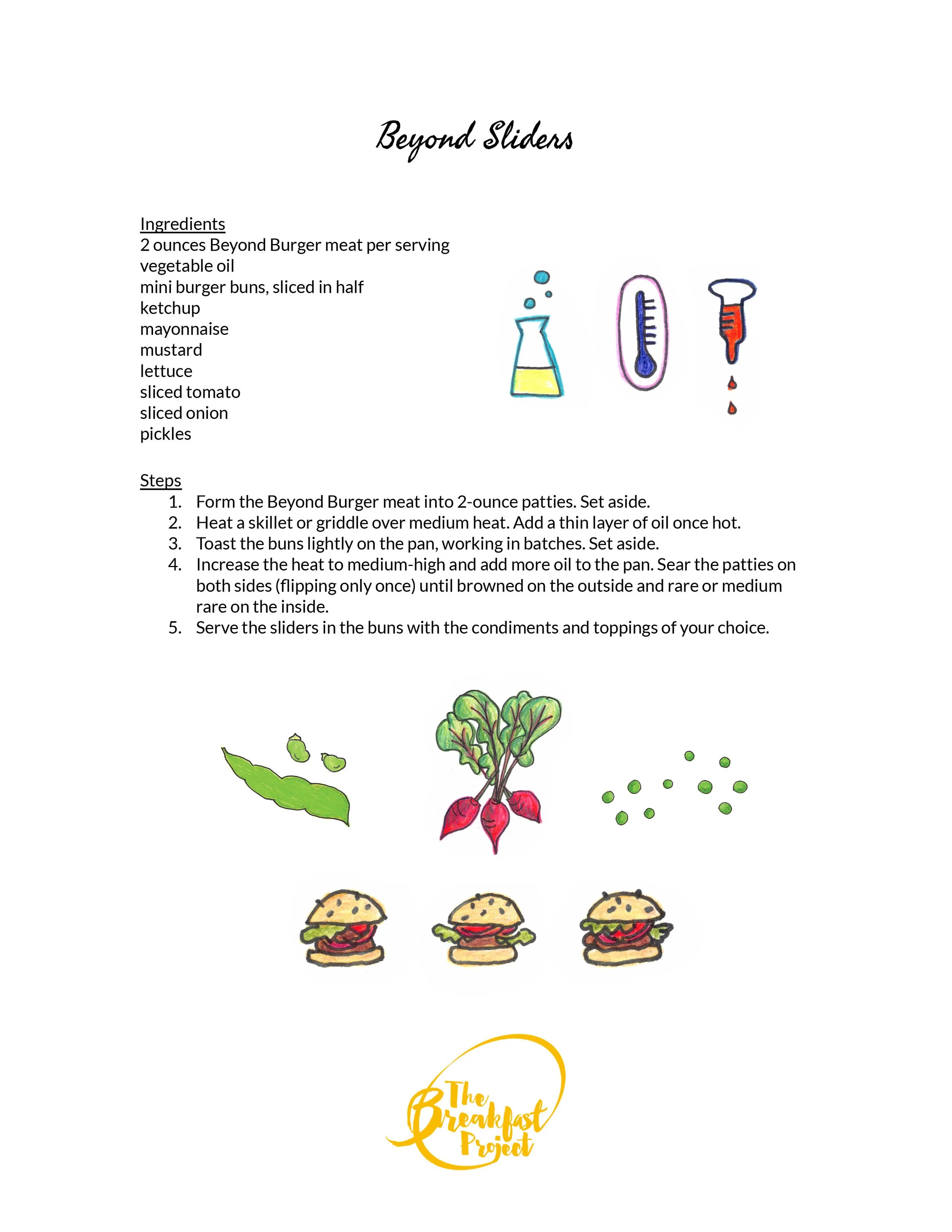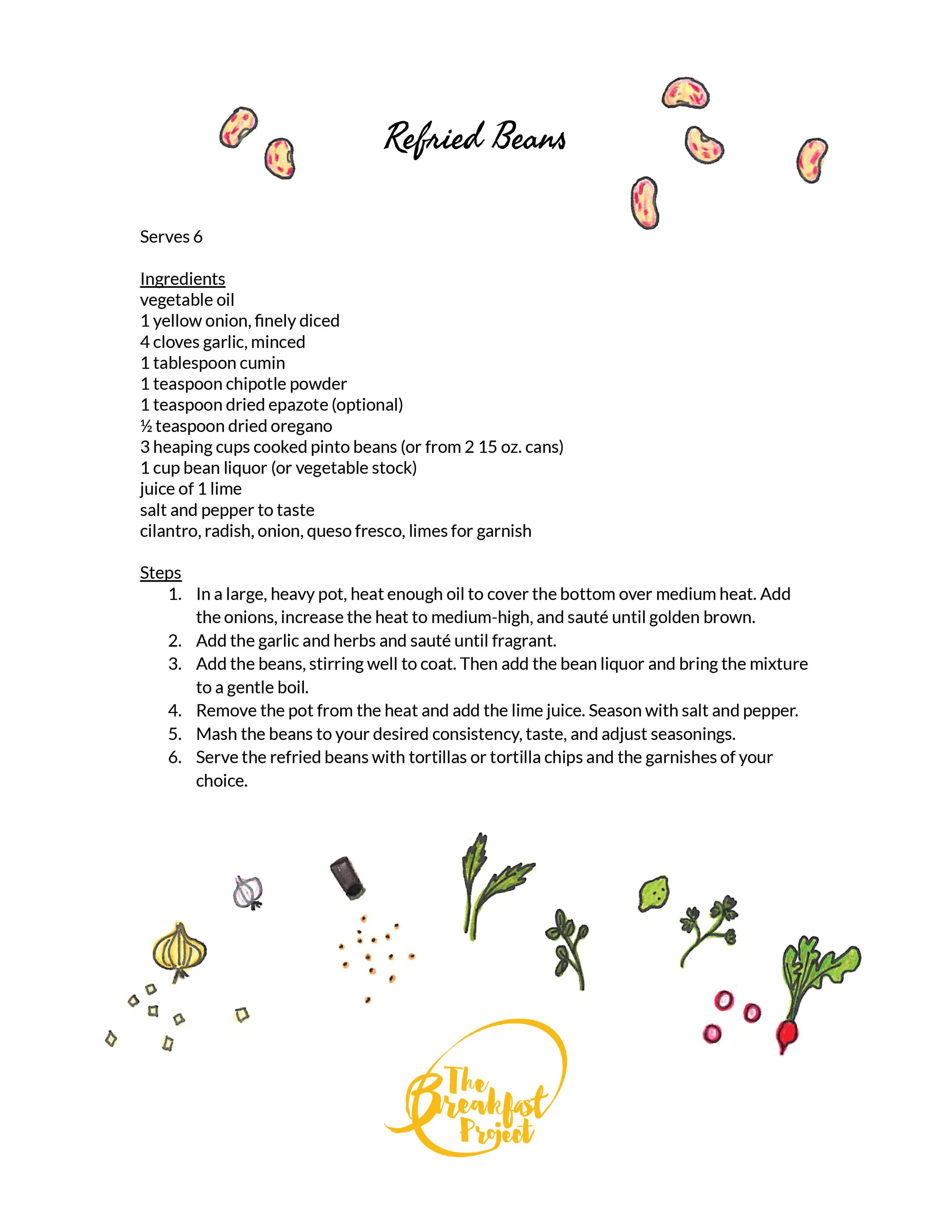This week in the classroom we learned that in the early 19th century, Yerba Buena became part of the United Mexican States after the Mexican War of Independence. We watched two Eater videos about how corn was a sacred crop for the Mesoamericans and how some historians link the rise of vampires in the Western cultural imagination to the European conquerors’ lack of understanding of corn and how to cook and eat it.
In the kitchen students made fresh corn tortillas with a dough made from nixtamalized masa harina. They enjoyed working with our wooden tortilla presses and watching the tortillas cook on a hot skillet. Even in December, we were able to find local heirloom tomatoes and made a simple pico de gallo to enjoy with the warm tortillas. They were a delicious and nutritious hit and zero vampires were formed as a result!


























































































































































































































































































































































































































































































































































